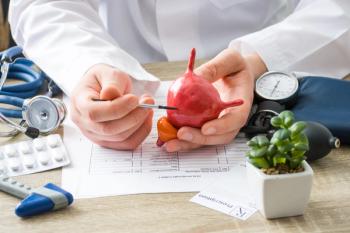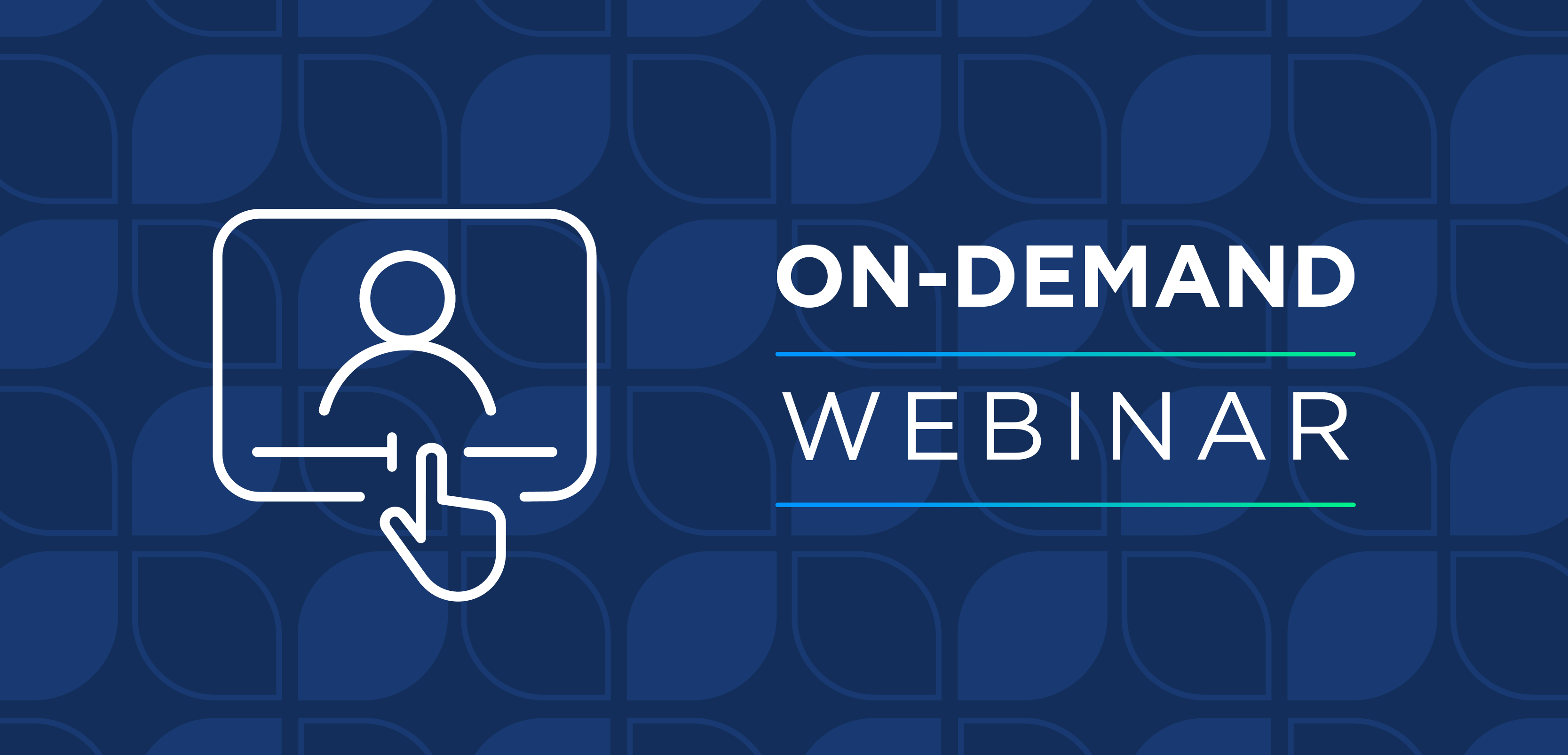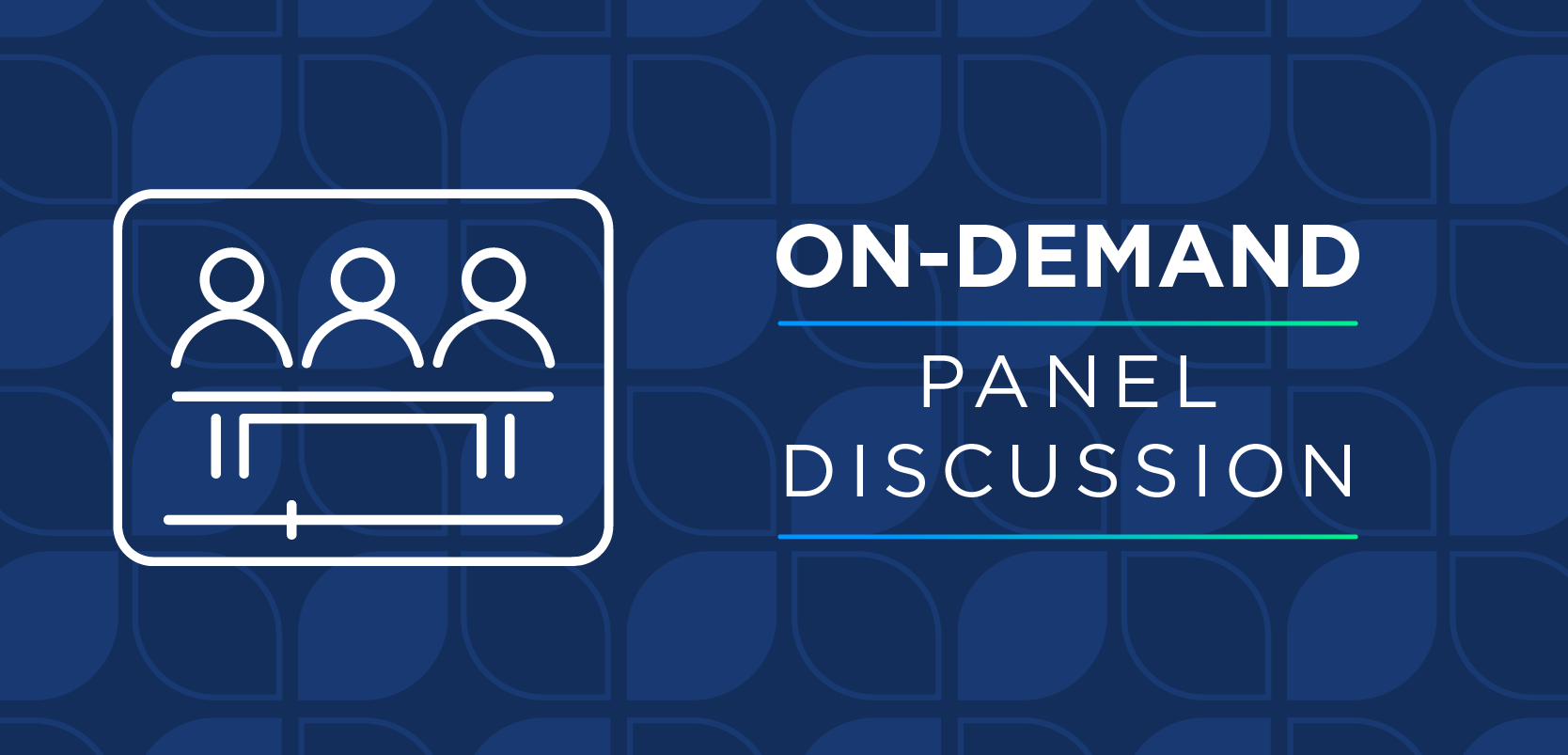
- September 2018 Immunization
- Volume 84
- Issue 9
Naloxone Training Videos Highlight Pharmacist's Role in Combating Opioid Overdose
Amid the opioid overdose epidemic, Pharmacy Times has launched a series of training videos aimed at educating pharmacists about the role of naloxone, an opioid antagonist indicated for emergency treatment of known or suspected opioid overdose, in combating the crisis.
Amid the opioid overdose epidemic, Pharmacy Times has launched a series of
The
The United States is the largest consumer of prescription opioids in the world, according to the video, and each day, more than 1000 patients are treated in emergency departments for the improper use of prescription opioids.
Additionally, opioids were involved in more than 42,000 deaths in the United States in 2016, with prescription opioids accounting for about 40% of these fatalities. In response to the growing number of deaths related to opioid overdose, the FDA issued a class label change to all opioids in 2016, requiring that these medications include a box warning about the serious risks of misuse, abuse, addiction, overdose, and death.
The video noted, however, that nearly 75% of opioid overdose deaths happen outside a medical setting, with most such incidents occurring in patients’ homes. Given that the average emergency medical service response time is 26 minutes in rural areas and 12 minutes in urban areas, the video emphasized the importance of providing patients with an at-home reversal agent.
As the most accessible members of the health care team, pharmacists are ideally positioned to promote medication safety and prevent opioid overdoses, according to the video series. In addition to educating patients about safe opioid use, pharmacists can also recommend the coprescription of naloxone to at-risk patients.
The World Health Organization has specifically identified several groups of individuals at high risk of opioid overdose, including:
- Patients who use prescription opioids, especially those taking high doses (≥50 morphine milligram equivalents)
- Patients who use opioids in combination with other sedating substances such as benzodiazepines
- Patients with medical conditions such as HIV, liver or lung disease, and depression who use opioids
- Patients who inject opioids or those with opioid dependence, in particular following reduced tolerance, detoxification, release from incarceration, or cessation of treatment
- Household members of individuals in possession of opioids, including prescription opioids
Several health conditions have been associated with increased risks of opioid overdose, including:
- Hepatic, pulmonary, or renal dysfunction
- Mental health conditions
- Previous history of overdose, poor reaction to opioids, or emergency medical care involving opioids• Substance use disorder
The video concluded that pharmacists can help save lives by ensuring access to naloxone and educating patients about its importance. Indeed, between 1996 and June 2014, US organizations that provided naloxone kits to patients and their families recorded more than 26,000 opioid overdose reversals.
For more information on naloxone and the pharmacist’s role in preventing opioid overdose deaths, watch the training videos in our
Articles in this issue
about 7 years ago
The Waiting Is the Hardest Partabout 7 years ago
New and Novel HIV Medicationsabout 7 years ago
Self-Care for Respiratory Issuesabout 7 years ago
States Continue to Expand Availability of Telehealthabout 7 years ago
Educating Patients About the Dangers of Sharing Rx Medicationsabout 7 years ago
When Complying With a Law Enforcement Request Causes ProblemsNewsletter
Stay informed on drug updates, treatment guidelines, and pharmacy practice trends—subscribe to Pharmacy Times for weekly clinical insights.







































































































































































































